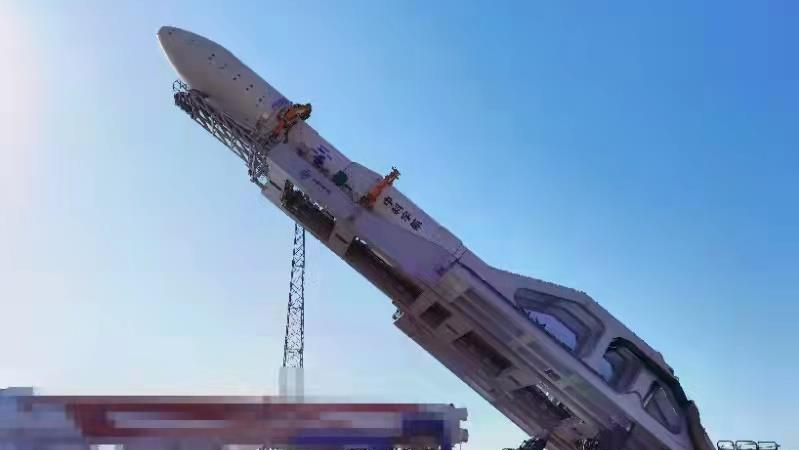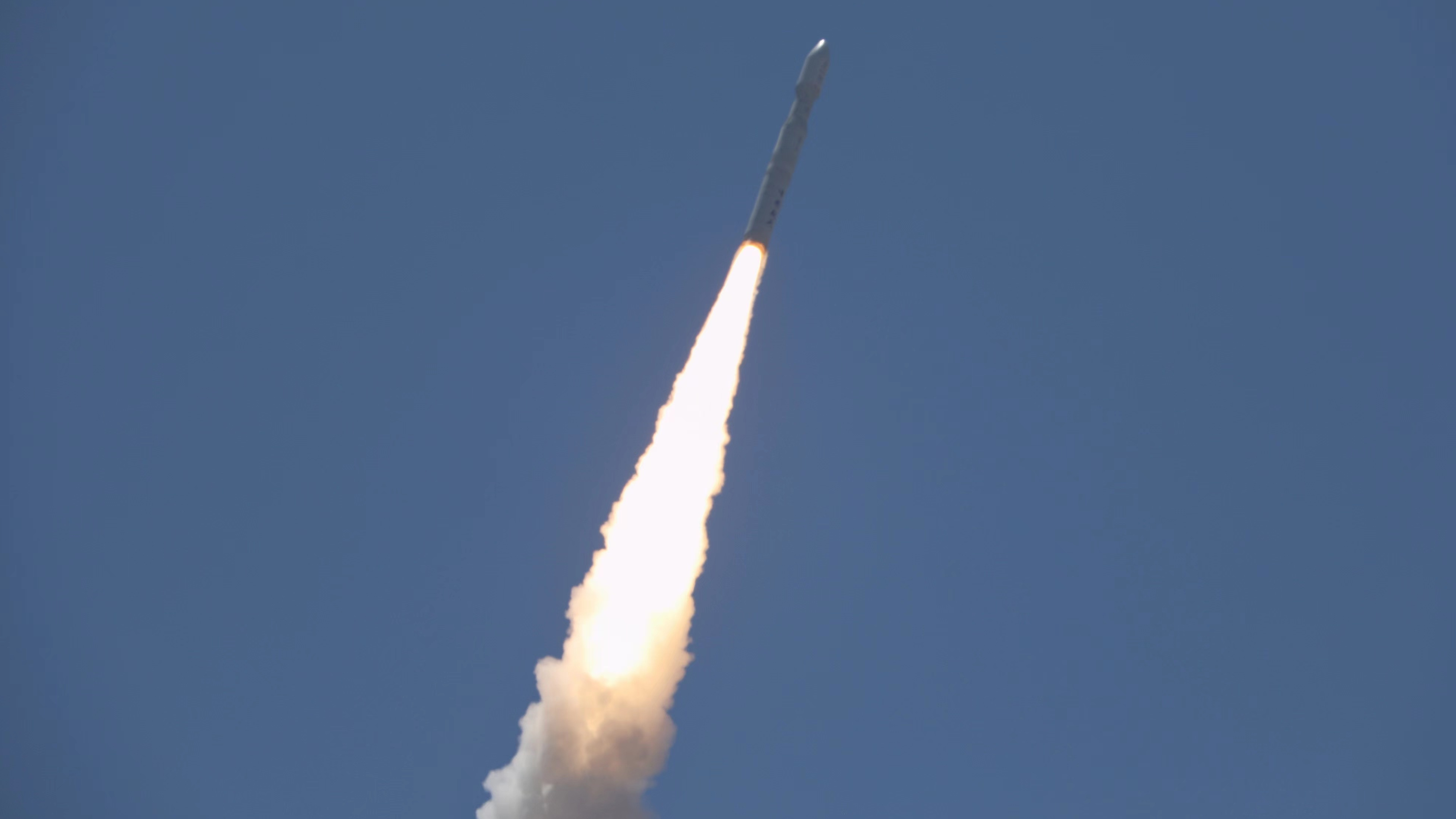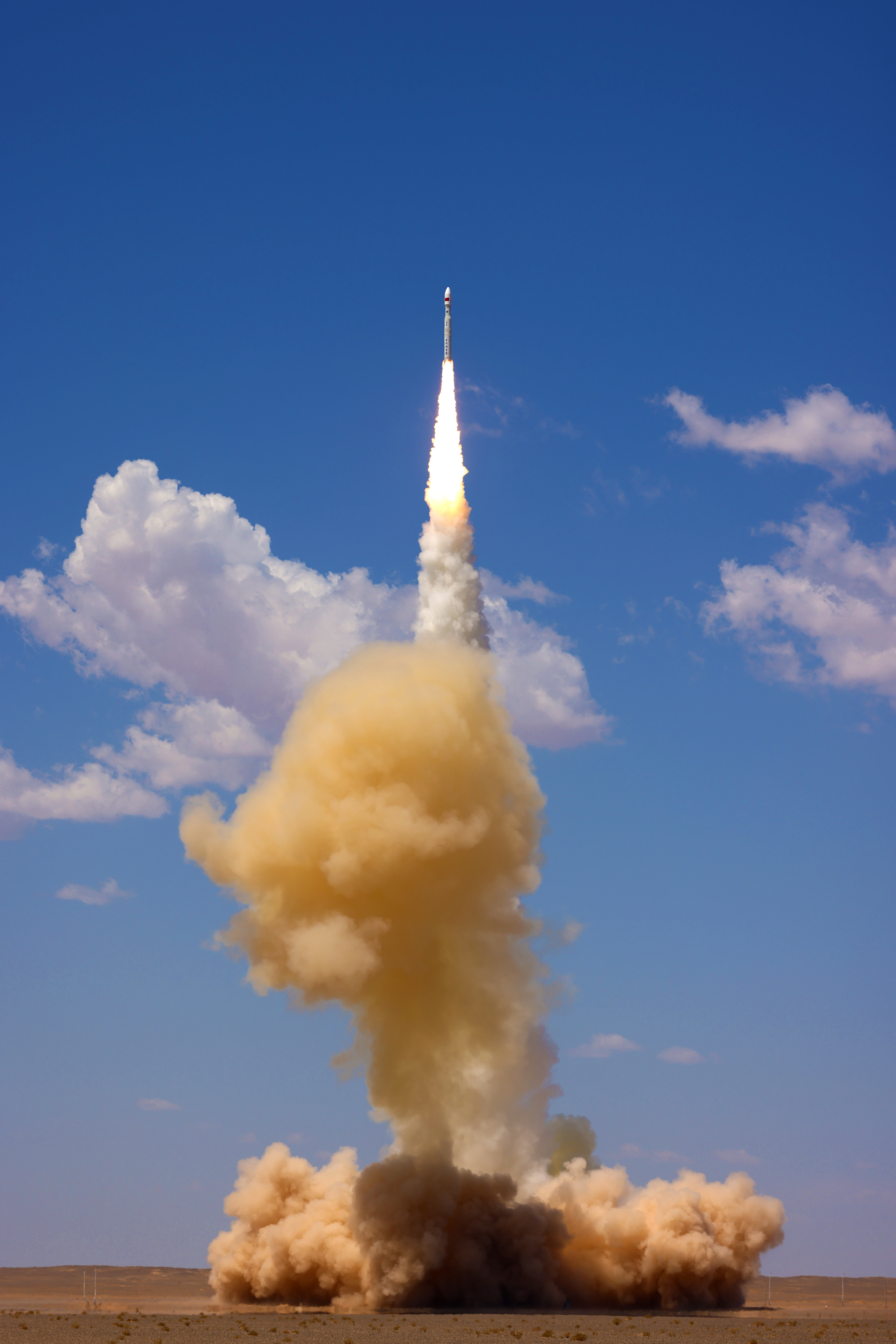©2021 Reporters Post24. All Rights Reserved.
China launched its solid carrier rocket Lijian-1 at 12:12 p.m. on Wednesday (Beijing Time), successfully sending six experimental scientific satellites into preset orbit.
The Chinese operator CAS Space has announced the successful first launch of the solid-fuel rocket “Lijian-1”. It has put six cargoes into a sun-synchronous orbit: the SATech-01 spacecraft, as well as five small companion satellites. Developed by the Chinese Academy of Sciences (CAS), Lijian-1 lifted off from the Jiuquan Satellite Launch Center in northwest China.
The six satellites will focus on technology verification and experiments on new space technologies, orbital atmospheric density detection, low-orbit quantum key distribution and electromagnetic assembly testing.

China’s self-developed solid carrier rocket Lijian-1. /China Media Group

A Lijian-1 carrier r ocket carrying six new satellites blasts off from the Jiuquan Satellite Launch Center in northwest China, July 27, 2022. /China Media Group

A Lijian-1 carrier rocket carrying six new satellites blasts off from the Jiuquan Satellite Launch Center in northwest China, July 27, 2022. /China Media Group
The Lijian-1 rocket was created on the basis of the Chinese intercontinental ballistic rocket DF-31. It has a four-stage design. Its length is 30 m, diameter — 2.65 m, take-off weight — 135 tons. It can put up to 1.5 tons of cargo into a 500-kilometer sun-synchronous orbit. To date, the Lijiang-1 is the most powerful orbital carrier of the PRC, powered by solid fuel.
CAS Space was taken out of the Chinese Academy of Sciences in 2018. The company develops launch vehicles, satellites and other space technology. In addition to solid-fuel rockets, CAS Space is also developing liquid engines designed for reusable carriers. It is worth noting that the company’s website contains renderings of rockets designed by it, the designs of which resemble the Falcon 9 and Falcon Heavy.


